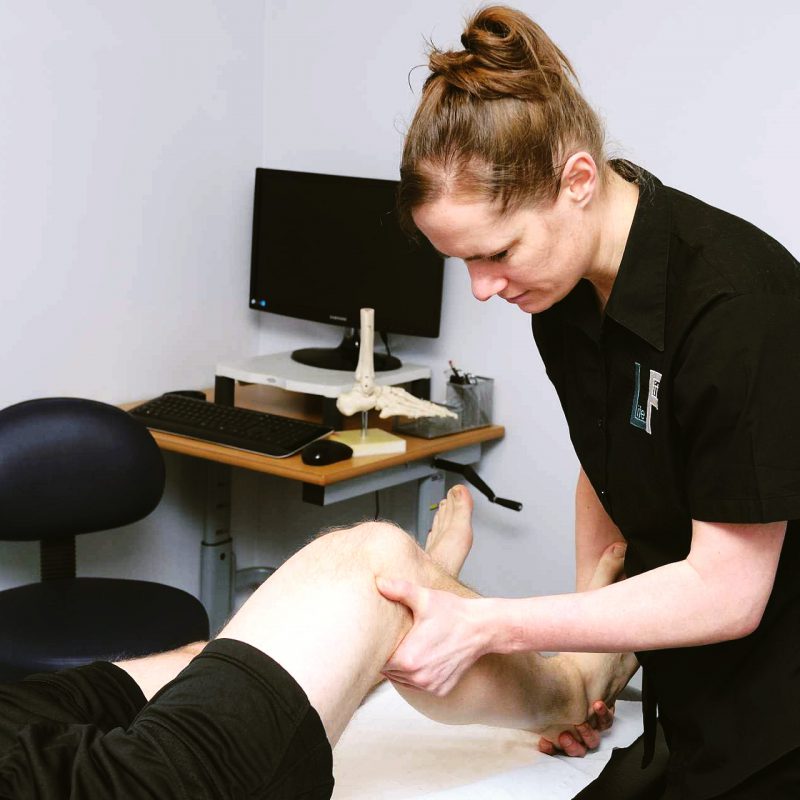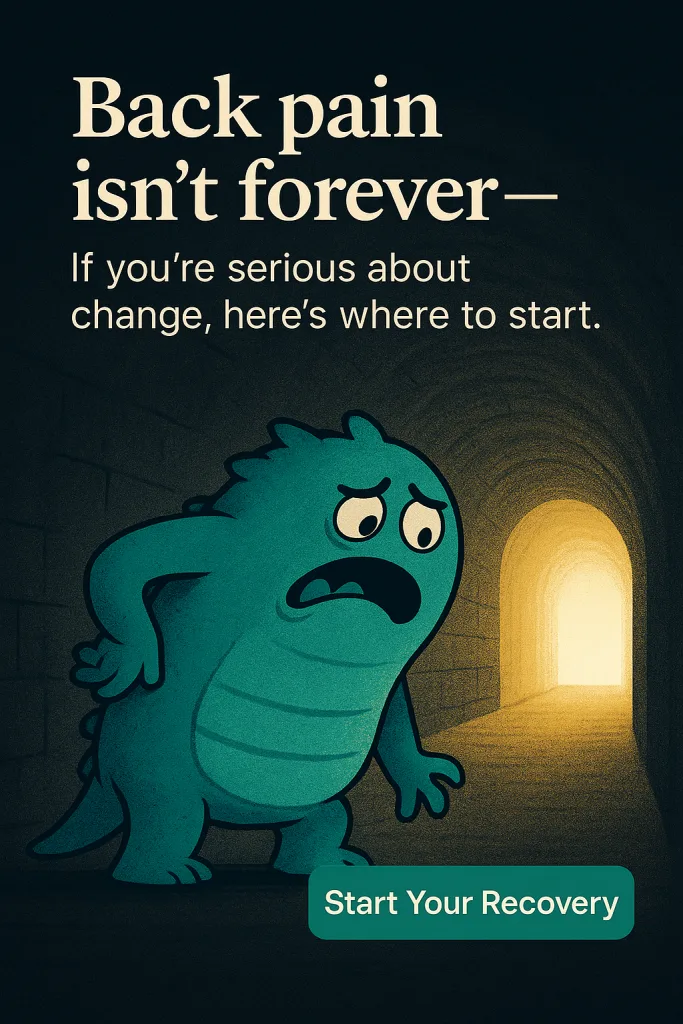“What can I do to help my knee?” is a question I am surprisingly rarely asked. Often when patients come to see me they ask ‘How can I (the physiotherapist) fix their knee?’ Knee pain is multifactorial and can be coming from multiple sources. However, it is very common when dealing with knee pain to be given exercises to help the knee cope with the loads the patient requires it too (E.g climbing hills or descending stairs, running or sitting for long periods.)
The exercises you would be given depend very much on the ‘story’ of what has happened to your knee. For example, it is unlikely you will be given heavy squats early on in your recovery from a surgery. However, if one of the tendons in your knee was sore and you had been diagnosed with a patella tendinopathy it is highly likely that heavy, slow squats would be advised.
The exercises a patient is advised to do depends on many factors. Age would be a common one, a 75 year old female with osteoporosis (decreased bone density) will be advised differently from a 21 year old female athlete with normal bone density.
Previous level of fitness is also taken into consideration. A 65 year old runner will be advised differently to a 23 year old who has done absolutely no exercise since their teenage years. Patient preference must also be taken into account. I would not give a gym program to someone who didn’t have a gym membership and was not willing to pay to go to the gym or simply could not find the time.
Many people are familiar with the thigh muscles, the quadriceps are at the front and the hamstrings at the back. The adductors are on the inside and down the outside runs the Illio tibial band (ITB) which connects to the tensor fascia late muscle at the outside of the hip. The buttock muscles are also highly important to the knee and can help with tasks like standing up, stair climbing and walking hills. It is for this reason that normally if I see someone with a sore knee I will often start them off with some simple exercises that load both the hip and knee. Often exercises standing up are too uncomfortable in the early stages especially if the knee is swollen. In this case I may suggest utilising ice, painkillers and moving the knee in positions where there is little weight going through it e.g sliding the knee in and out while lying down on a bed. I may also stretch off the surrounding muscles for example the calf. During walking a tight calf (The muscle at the back of the lower leg) can lead to the heel rising early during walking meaning the knee stays loaded in a bent position longer. This can often cause pain at the front of the knee. Some simple stretches to the calf can often relieve the front of the knee pain quite significantly. However, usually it is imperative that this is followed up with some form of strengthening to prevent recurrence.

Treat the why not the what
I often find that people can have a sore knee and the reason is due to another area not doing enough. A common example is when the buttock muscles are weak and therefore the knee ends up becoming overloaded and sore in weight bearing activities. A common one can be walking downstairs. Often some simple lying down hip strengthening exercises like a glute bridge can help. I will often make people do these exercises double leg but as soon as they are able I shall progress them to single leg as many of the activities we do require one leg to work by itself.
I hope this blog has helped to answer some questions people may have around exercise for knee pain. Here at Life Fit Wellness exercise programs are tailored to the individual patient and reasoned to give quick resolution to your symptoms.











